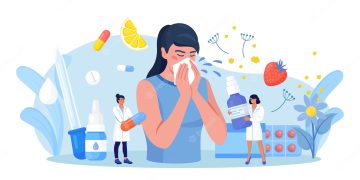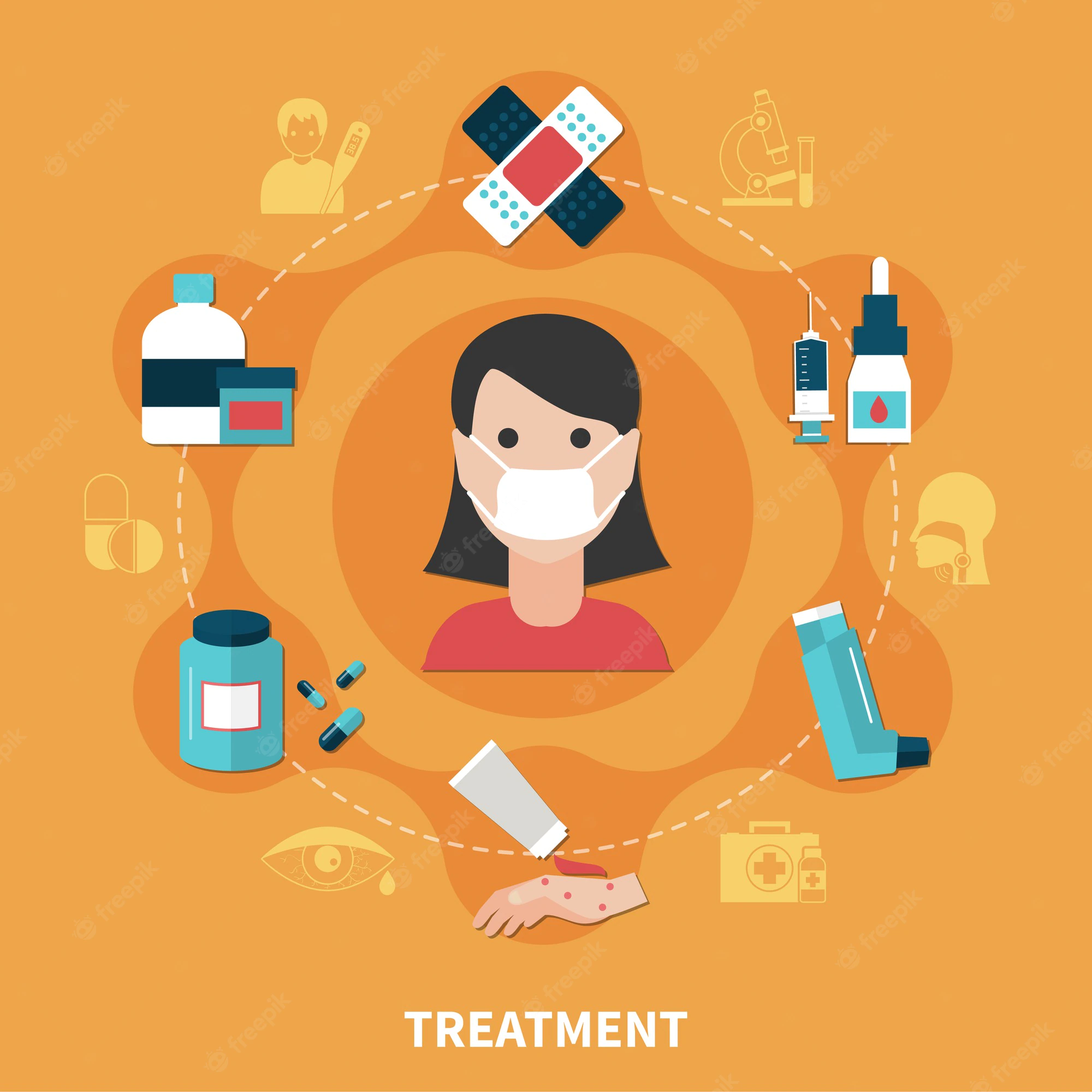
When a car or appliance breaks down, people commonly click on their favorite search engine to find out the problem and how to fix it.
Unfortunately, that method is not necessarily a good idea with it comes to the human body. While the internet may be a good source of medical information, it is the proverbial double-edged sword when it comes to reliable facts and solutions.
George Wright, physician, who practices family medicine at Cotton O’Neil Garfield in Topeka, said: “There are a lot of conflicting things on the internet. However, it also creates an opportunity to connect with folks and discuss their medical conditions.”
Hutchinson cardiologist Costy Mattar is a fan of the Internet.
Mattar said, “I highly advise my patients to research their problems online, to take notes and bring their questions to our next visit so I can help them understand their problems. Also, I’ve found that they will adhere more to their treatment regimen once they see what is needed to be done online.”
However, the worldwide web can cause issues when patients look up their symptoms before seeking medical care.
Sara Patry, internal medicine physician at the Hutchinson Clinic, said, “Patients are absolutely looking up their symptoms before they come in, and it’s hard to convince some patients that they may not have what they found online.”
Hutchinson pediatrician Chad Issinghoff agreed, saying: “Many times a patient comes into the office with a self-diagnosis. Given a choice between two diagnoses, a patient will often focus on the more serious diagnosis, or they’re absolutely convinced that the diagnosis they have determined is correct. When the physician gives them a different diagnosis, they become upset.”
Issinghoff said physicians spend years honing their diagnostic skills based on such numerous factors as history, physical examination, appropriate lab testing and subspecialty consultation.
“An internet session to try to diagnose oneself may be more harmful by preventing the timely seeking of medical care if the patient is incorrect in their diagnosis,” he said.
Patry said the internet can benefit the doctor-patient relationship.
“Anytime a patient is taking an interest in their own health, I think that is great,” she said. “The goal is finding the right information when searching the web. Ideally, patients would use reputable sites as a platform to learn more about a disease process they already have and not as a diagnostic tool based on the symptoms they enter.”
Having been in practice for over 30 years, Hutchinson Clinic family medicine physician Tim Pauly refers to the Internet as the new Reader’s Digest. Pauly urged people to separate out the good from the bad online.
“You can’t believe everything you read and you should always ask your doctor before deciding to do something on your own,” he said. “Google is convenient and fast and can provide quick answers to our pressing health concerns, but it cannot bring 30-plus years of experience in treating patients and conditions. And it cannot know the difference between what is presenting as a common cold and what may be a symptom of a much larger problem.
“Or, as is most often the case with the internet, it cannot properly diagnose a common cold without also bringing up some scary and life-threatening options. Please, always check with your family doctor who knows you and your health history.”
Since people have such easy access to all the information available online, most doctors are taking a “can’t beat them, join them” approach by trying to direct their clients to reputable sites. For example, Wright recommends articles on the Stormont-Vail Health website, Mayo Clinic site and Medscape, adding, “I warn people way from information on blogs and online support groups that tends to not be a reliable.”
Hutchinson Clinic family medicine physician Kay Hart said, “We often try to redirect patients to valid sites, like the Mayo Clinic, or we print information from our EMR (Electronic Medical Records). With today’s technology, we can also send well-researched and reliable information to our patients through our patient portal. For example, if a patient calls with complaints of back pain, we can immediately send information on back exercises they can try before they come in for their appointment.”
For Stormont Vail Health patients who are connected through My Chart, E-Visits are available. For such non-emergency conditions as colds, flu, diarrhea and skin rashes, this can be a way to get a doctor’s advice without going into the office. A patient fills out an online questionnaire, and a doctor will respond through MyChart within an hour if submitted between 8 a.m. and 7 p.m. weekdays, and 8 a.m. to 2 p.m. weekends and holidays. Cost is $45.
[“source=hutchnews”]









